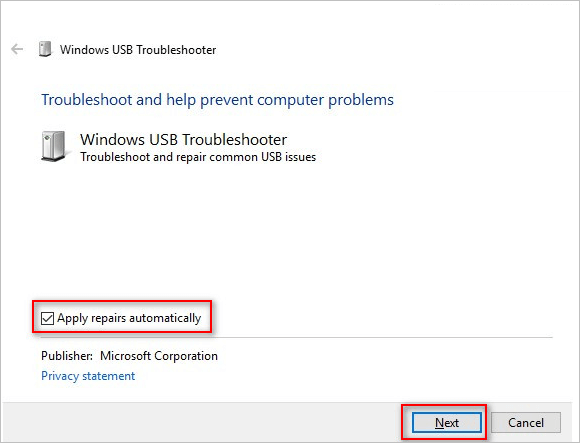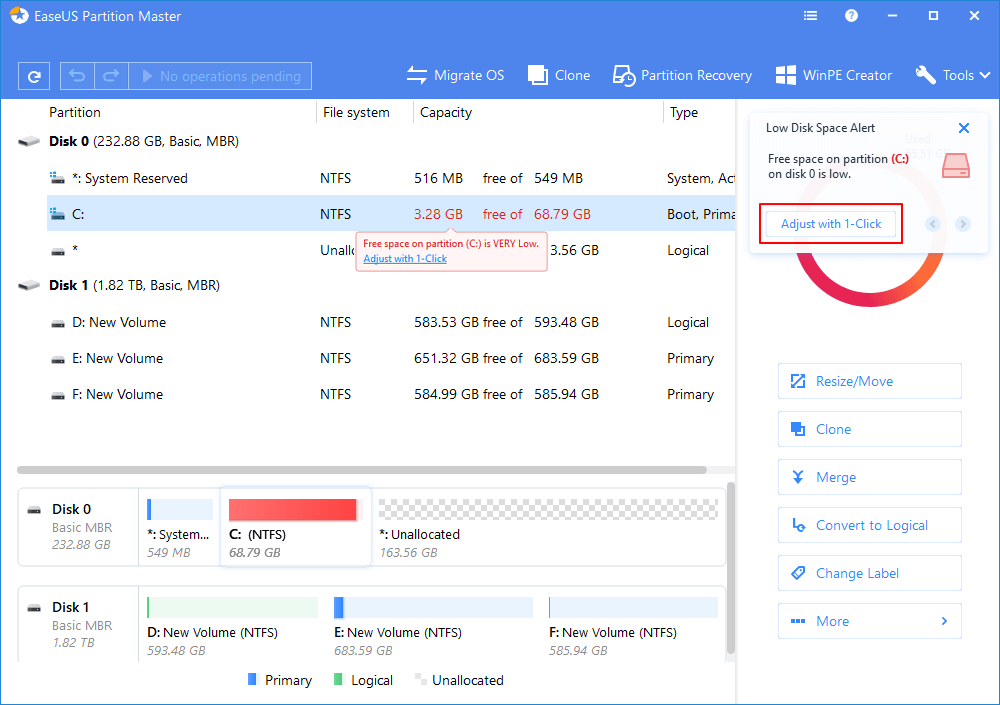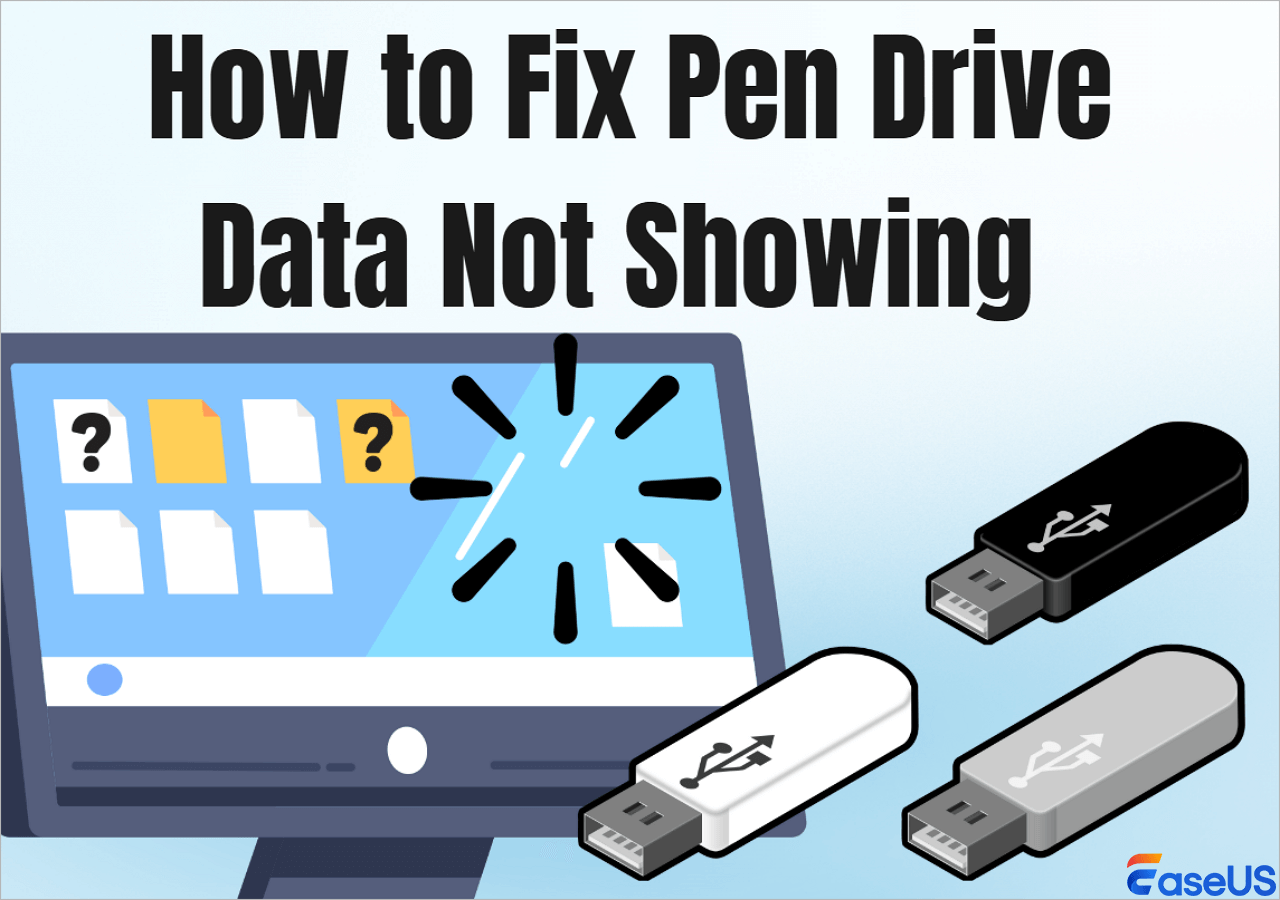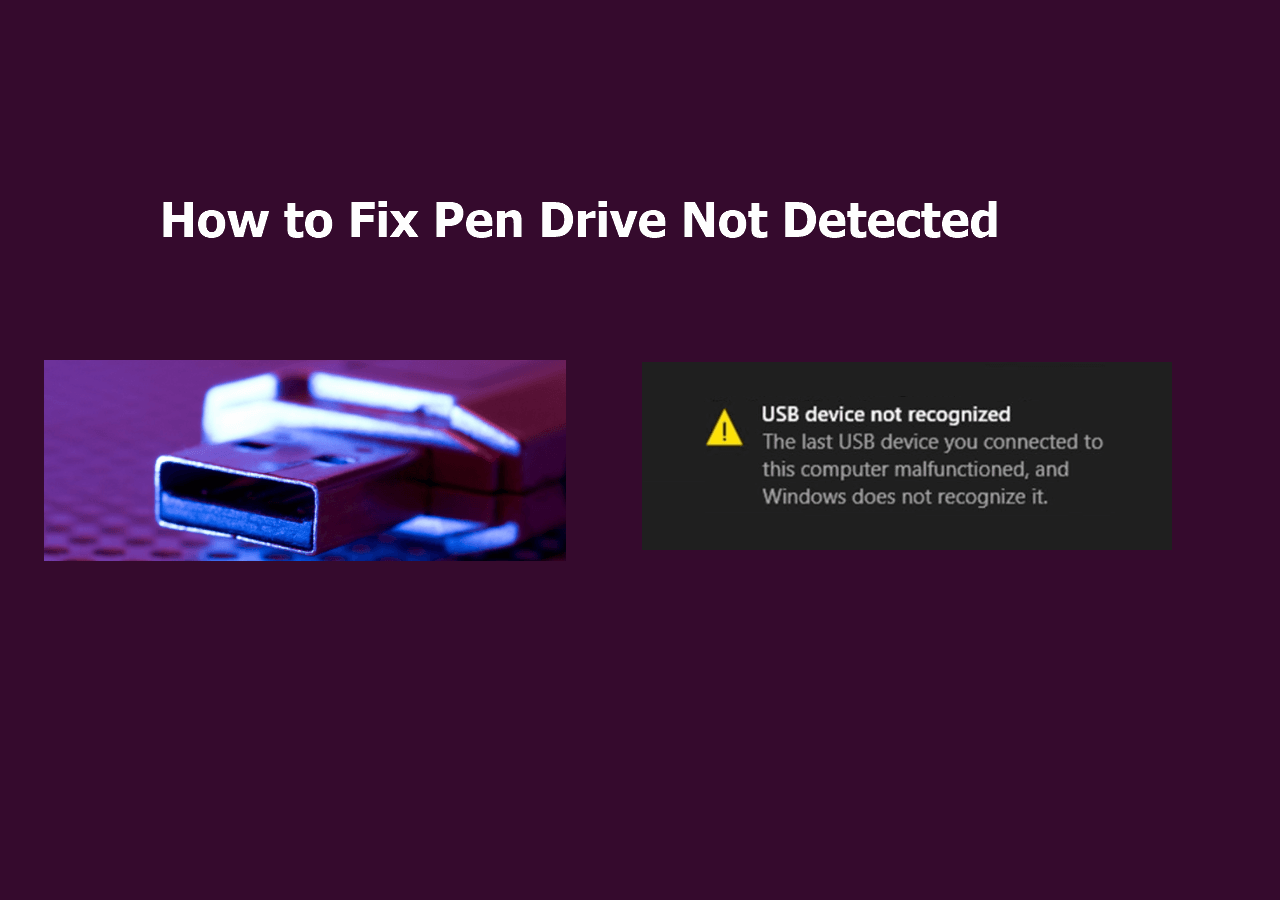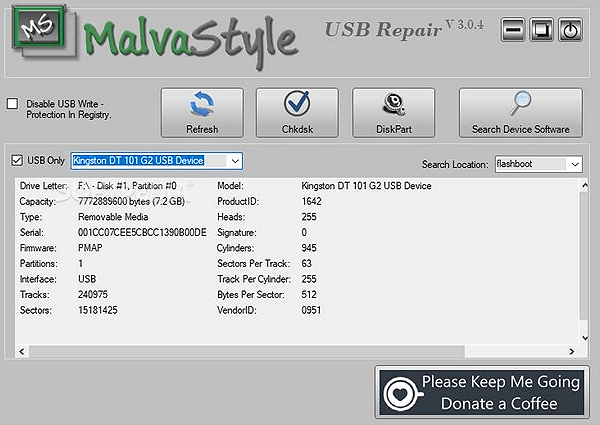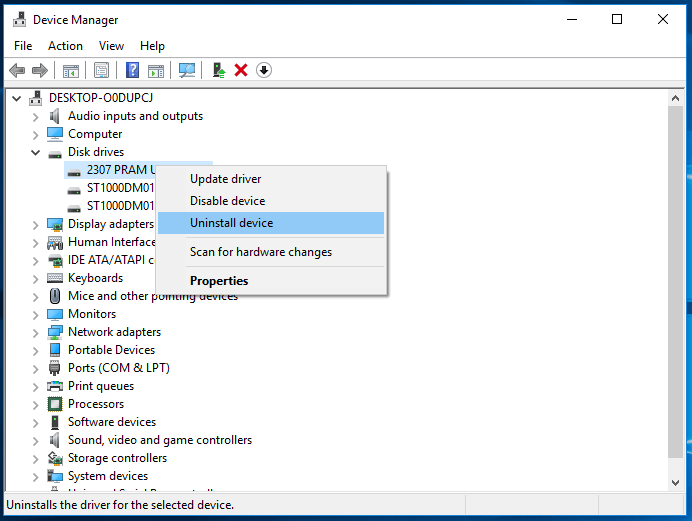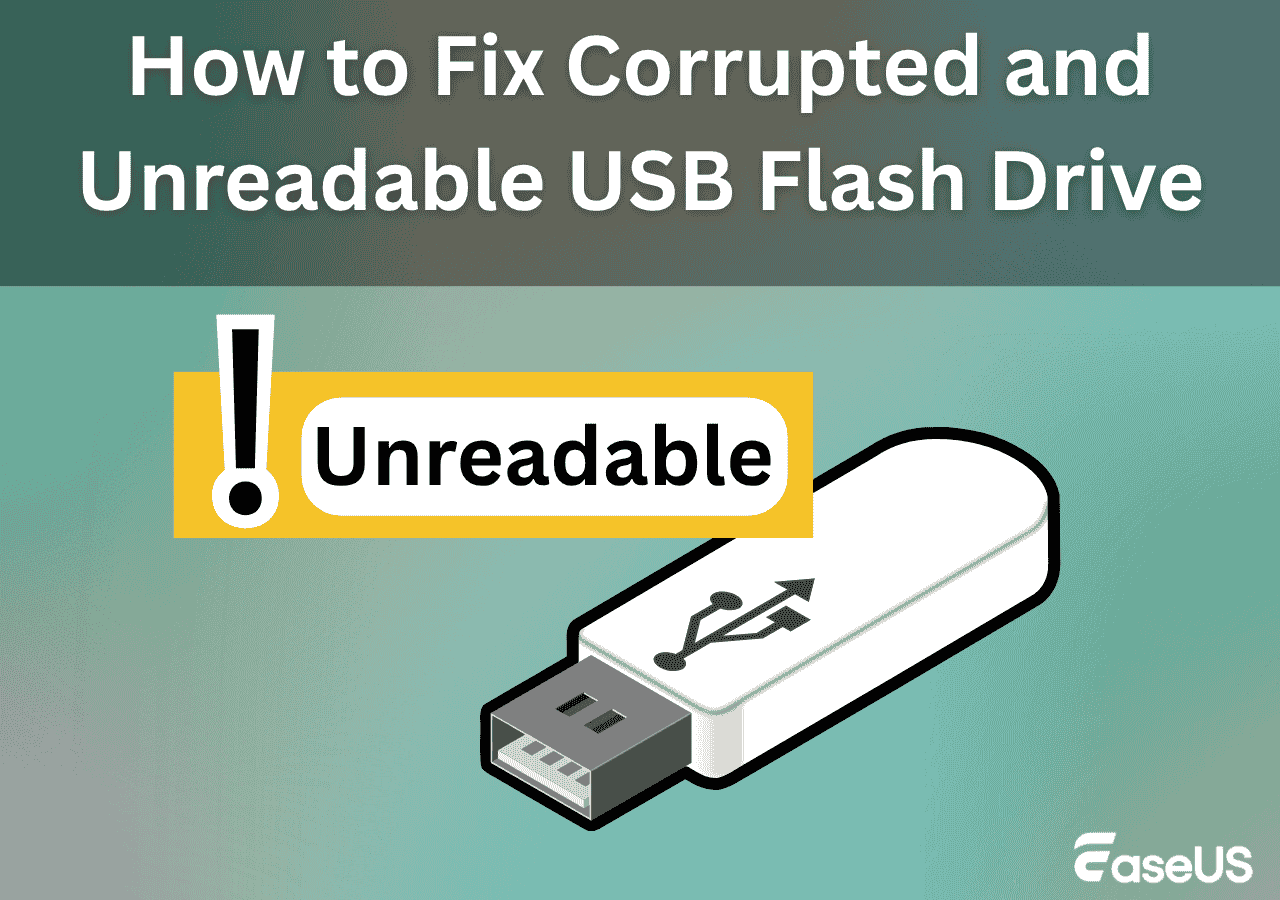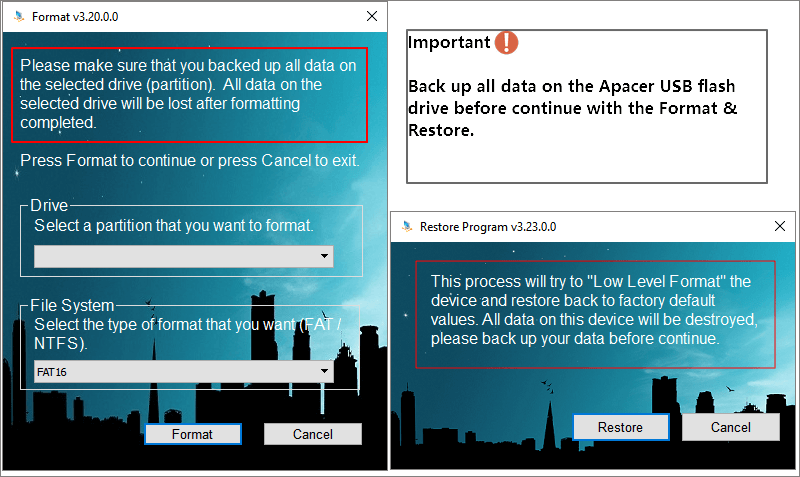-
![]() [SOLVED] USB Keeps Disconnecting and Reconnecting Windows 11/10
[SOLVED] USB Keeps Disconnecting and Reconnecting Windows 11/10 December 12,2025
December 12,2025 6 min read
6 min read -
![]() USB Over Current Status Detected Error [Fixed in 5 Ways]
USB Over Current Status Detected Error [Fixed in 5 Ways] December 12,2025
December 12,2025 6 min read
6 min read -
![]() USB Show Hidden Files: How to Unhide Files in Pen Drive
USB Show Hidden Files: How to Unhide Files in Pen Drive December 12,2025
December 12,2025 6 min read
6 min read -
![]()
-
![]() USB Pen Drive Not Showing Data, Files, and Folders [Solved]
USB Pen Drive Not Showing Data, Files, and Folders [Solved] December 12,2025
December 12,2025 6 min read
6 min read -
![]()
-
![]()
-
![]() Fix USB Drive Not Showing Up in Windows10/11 | 8 Excellent Ways
Fix USB Drive Not Showing Up in Windows10/11 | 8 Excellent Ways December 12,2025
December 12,2025 6 min read
6 min read -
![]() How to Fix Corrupted and Unreadable USB Flash Drive in 2025
How to Fix Corrupted and Unreadable USB Flash Drive in 2025 December 12,2025
December 12,2025 6 min read
6 min read -
![]()
Page Table of Contents
Nothing Happens When I Plugged in USB
"Nothing happens when I plug my USB flash drive into the USB port. It's showing up nowhere and Windows doesn't even prompt any error message. How can I find or open my USB drive in this case?"
Let's clarify that solutions to such an invisible USB device problem on this page vary from those of computers not detecting or recognizing a USB flash drive, which is usually with some supplementary information. The informative messages are as follows.
- "USB device malfunctioned and not recognized" in the Windows system tray icon
- File system displays as RAW in Windows Disk Management
- "Unallocated space" in Windows Disk Management
- "Unknown device" in Windows Device Manager
Since this problem is different from the above situation, what should you do when you encounter this problem? On this page, we list some valid solutions. But at first, we will introduce the reason why nothing happens on your computer when a USB is plugged in.
What're the reasons
Human errors and hardware issues are taken as two major reasons why your USB fails to work fine like it used to do. Let's check the more detailed reasons.
1. Human errors
This one is a common mistake that users usually make. The USB device was abruptly unplugged without safely ejecting at the last time it was used on the computer. This would result in the external hard drive not being recognized after unplugging.
2. Hardware issues
The hardware issue is a pretty wild concept. The most common hardware issues include the following ones:
- The USB drive is broken and dead
- There's a problem with the USB port
- There is a problem with the USB driver
- The USB drive isn't properly formatted
4 Fixes You Must Try to Solve Nothing Happens When Plug USB
Please follow our advice to fix the issue 'nothing happens when plugging in USB'. It will save you a great deal of time and energy to exclude the unaffected factors, identify the real causes and make your USB flash drive show up in Windows Explorer, Windows Disk Management, and Windows Device Manager eventually.
Method 1. Uninstall Unknown Device
The first method is to use the Windows built-in tool to uninstall your USB device first and have a retry. Here are the detailed steps:
Step 1. With your USB device plugged in, go to "Start/Search" on Windows PC and type devmgmt.msc.
Step 2. Under "Universal Serial Bus Controllers", do you see an Unknown Device? if so, right-click it and "Uninstall" it, remove the device from the computer and restart the computer.
Step 3. Once you log in, plug in the device and you should get new hardware found.
Method 2. Run the Hardware and Devices Troubleshooter
You can also try the Windows troubleshooter to get rid of the problem. Here's the detailed guide:
Step 1. If you are using Windows 10, go to Settings > Update & Security > Troubleshoot and then select "Hardware and Devices."
Step 2. The troubleshooter will open and start scanning your computer automatically. When the process is finished, you would receive a troubleshooting report listing all the problems and whether or not it was fixed.
Step 3. Click "Next" and follow the instruction to fix the problem.
Method 3. Disable Power Management
Most computers have multiple root hubs, for you to share the data bus between multiple devices. Therefore, if nothing happens when you plug in the USB, you can try to repair the USB root hub.
Step 1. Open Device Manager. Expand the Universal Serial Bus controllers option.
Step 2. Find the USB Root Hub under this category. Right-click it and choose Properties.
Step 3. Go to the Power Management tab and uncheck the "Allow the computer to turn off this device to save power" option. Then click OK to save your change.
Method 4. Restore the System to An Earlier State
- Warning
- Restoring the system to an earlier state could bring your USB back to work again in an old system, however, the saved data and installed apps after this point would be erased. To make this essential step 100% secure without doing further damage, continue with the guide below.
1. Download EaseUS free backup software on your computer.
2. Choose a backup option as you want. It's highly suggested to perform a disk/partition backup and system backup.
3. Save your backup image to a safe location where you can reach it easily. All in all, keep it safe.
4. Now, go to "Start/Search" and type the control panel.
5. Click "System and Security" -> "Backup and Restore" -> "Restore files from backup" (unless you turned on the system backup option in Windows).
Wait for some time, and this will restore your Windows to a previous version where your USB can be correctly recognized by your PC and laptop!
6. Don't forget to restore data from the backup via EaseUS Todo Backup.
Bonus Tip: Recover Lost Data from Corrupted USB
You may find some other answers aside from the mentioned methods here, such as formatting the USB drive using cmd or reinstalling the OS. Both manners would also cause a complete data loss. In case you didn't create backups beforehand, make the last effort to recover the formatted drive and recover data after system restore/reset/reinstall by using EaseUS Data Recovery Wizard.
Step 1. Choose the USB drive to scan
Launch EaseUS Data Recovery Wizard and choose your USB drive where you lost important files. Click "Scan for lost data" to start.
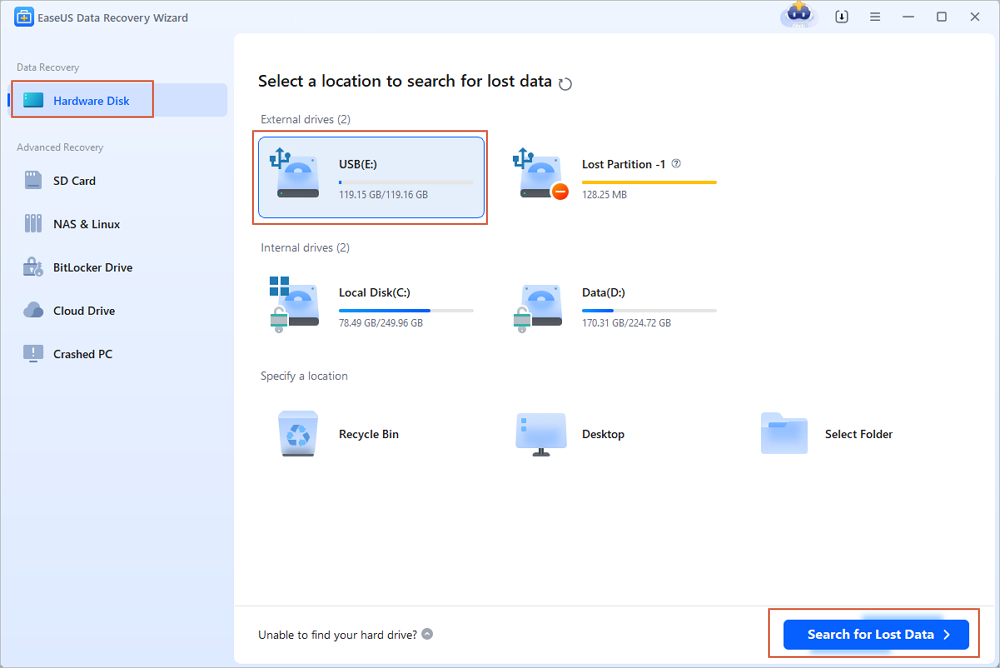
Step 2. Check and preview USB drive data
When the scanning is finished, you can quickly locate a specific type of file by using the Filter feature as well as the Search option.
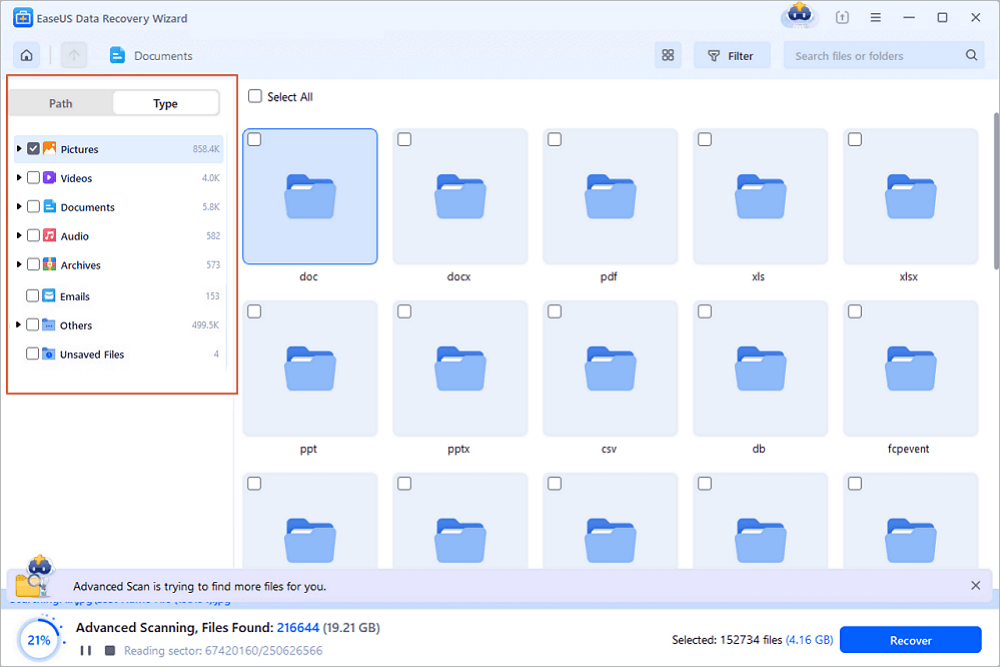
Step 3. Restore flash drive data
After checking and finding lost USB drive files, click "Recover" to restore them. You shall save the found files to a safe location on your PC rather than to your USB drive.
💡Tip: You can restore data on the local disks, external hard drives, and also the cloud storage.
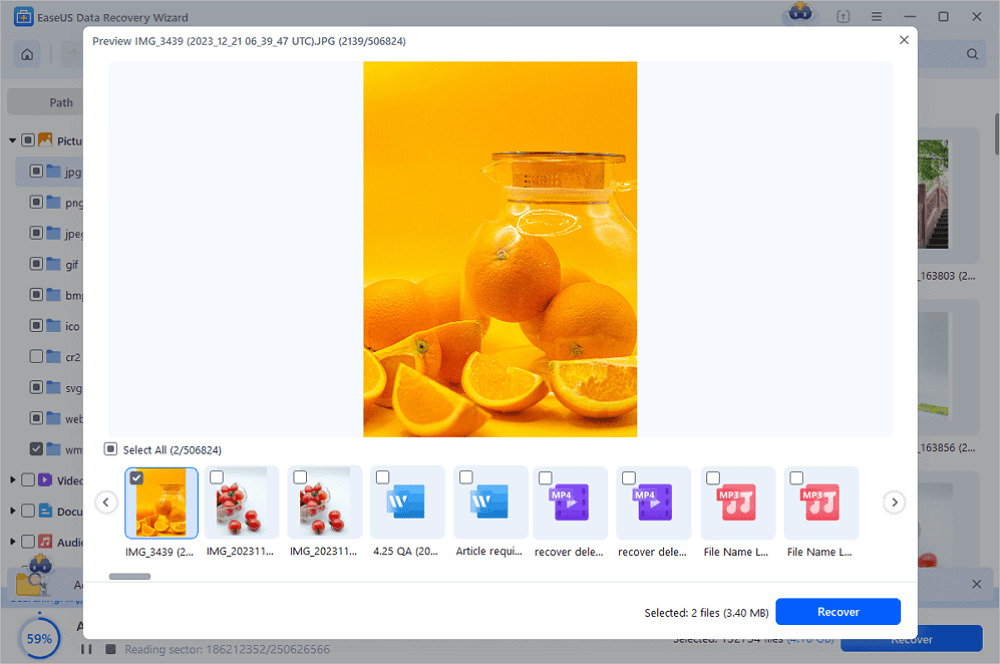
Video Tutorial to Recover Data from USB Drive
Was this page helpful?
-
Finley is interested in reading and writing articles about technical knowledge. Her articles mainly focus on file repair and data recovery.…
-
Jean is recognized as one of the most professional writers in EaseUS. She has kept improving her writing skills over the past 10 years and helped millions of her readers solve their tech problems on PC, Mac, and iOS devices. …

20+
Years of experience

160+
Countries and regions

72 Million+
Downloads

4.9 +
Trustpilot Score


Free Data
Recovery Software
Recover data up to 2GB for free!
